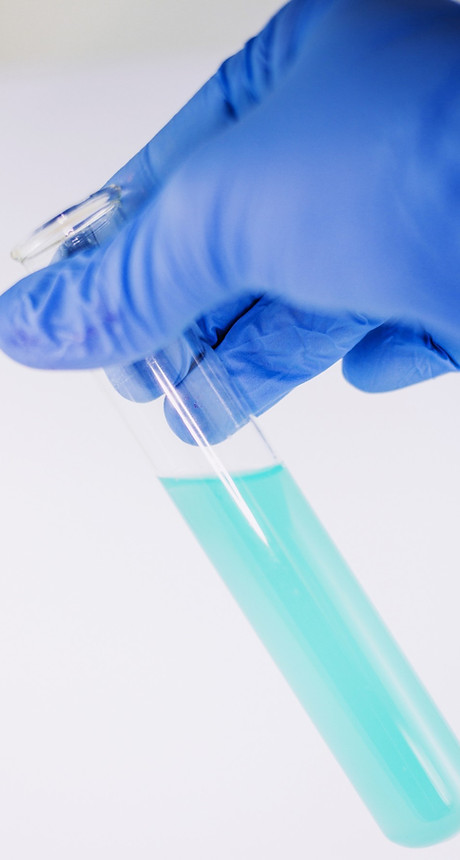ACTIVITY 3
Calibration Standards
Solutions are used as part of your everyday life for example as soft drinks or energy drinks, if you look at a label of Powerade you will see a contents label which shows it is a solution of various minerals and water. This is a form of an aqueous solution which will be the focus of this lesson. Aqueous solutions have a solute and solvent. A solute is the material which is dissolved, and the solvent is whatever dissolves the solute. So, in the example of Powerade the minerals are the solute while water is the solvent. The analysis of solutions is important to many companies and is heavily utilised by food and health regulators. The use of calibration is one way in which regulators monitor and analyse the quality of the solutions.
Calibration solutions are a key concept of analytical chemistry which many spectroscopic techniques utilise, the importance of calibration solutions cannot be overstated. A calibration solution is a solution which contains a known amount of an element or substance. Calibration solutions can be used to help determine the quantity of a solute in an unknown solution, in your case you will be creating known calibrations of blue dye which will allow you to determine how much blue dye is contained within blue Powerade.


A common practice in determining the quantity of the solute in a solution is the use of a calibration curve. A series of calibration standards are created which have varying amounts of a known solute. In your case you are producing a calibration series. Which is a series of calibration standards at varying known solute quantities. From this calibration series you will produce a graph of the blue dyes intensity compared to its known quantity within the solution. This graph can then be used to help determine the quantity of a solute within the solution.
Methods:
1. Prepare 6 500 mL flasks. Add one drop of Blue Food Dye (making sure the chemical is blue food dye 1 or Food Colour 133, this is found in Queen brand Blue Food Colour) to one flask, of 2 drops to another, of 3 drops to another, 4 drops to another, 5 drops to another and leave the last one empty.
2. Label each of these flasks with a drops per litre value equal to twice the number of drops of food dye used to prepare the solution.

3. Fill all of these flasks to the 500 mL line with the purest water available.
4. Pour these into 6 identical test tubes. Label the test tubes with their concentration of food dye in the samples with their concentration in drops per litre.
5. Pour the Gatorade and Powerade samples into another 2 test tubes. Label these tubes appropriately.
6. Use the intensity of the colours of the samples in the test tubes compared to the colours of the standards in the test tubes to estimate the concentration of food dye in the samples in drops per litre.

